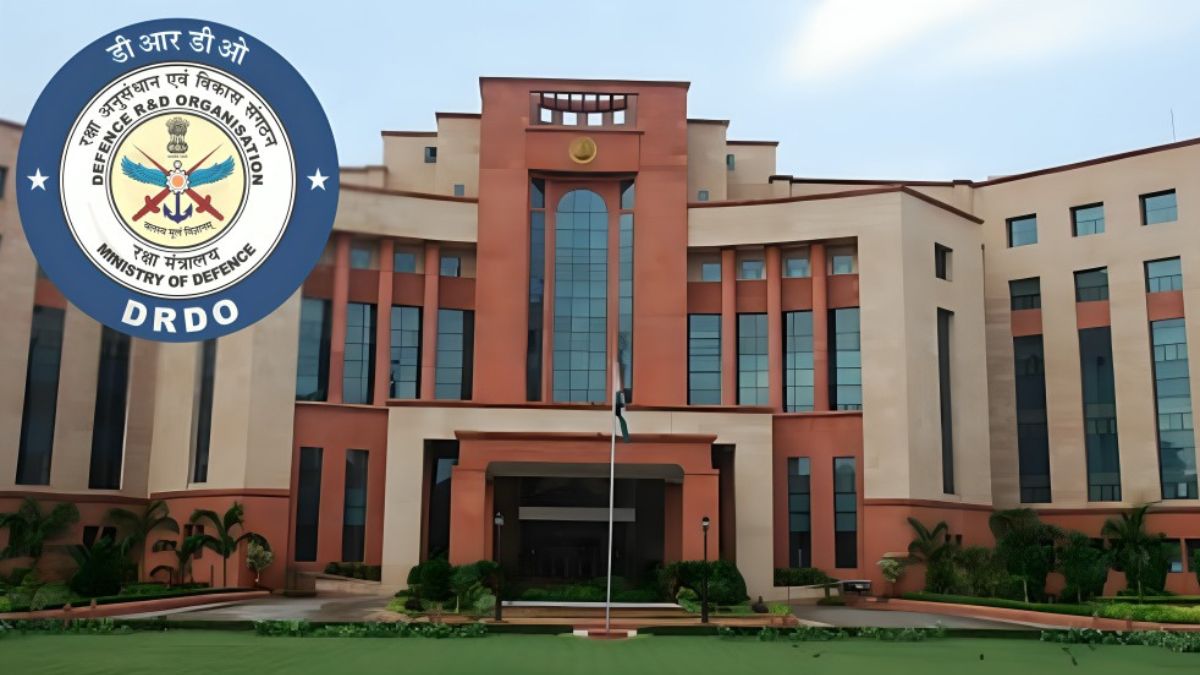The long-stalled reforms of India’s premier defence research organisation are moving forward with fresh urgency. After nearly two years of dormancy, the restructuring of the Defence Research and Development Organisation (DRDO) is back on the government’s priority list, with the Prime Minister’s Office (PMO) directly supervising the process.
The reforms, originally recommended by a nine-member committee led by former principal scientific advisor Prof. K. VijayRaghavan, aim to transform the DRDO into a leaner, more agile and strategically responsive institution.
The committee had submitted its report, Redefining Defence Research and Development, in late 2023, but implementation stalled due to resistance from within DRDO and a perception among scientists that the proposals had been shelved.
Who is driving the DRDO reforms?
Momentum, however, has picked up in the past month. A senior Indian Foreign Service (IFS) officer from Gujarat, working within the PMO, has been tasked with steering the overhaul.
This official had earlier overseen major structural reforms in the Indian Space Research Organisation (ISRO) and the Bhabha Atomic Research Centre (BARC), lending confidence to the process.
While ISRO’s reforms centred on unburdening the organisation and opening avenues for private sector participation, and BARC’s restructuring focused on decentralisation and enhanced security, DRDO’s transformation is envisioned as a hybrid, combining accountability, wider participation, and streamlined operations.
“After ISRO and BARC, it’s now DRDO’s turn to realise its true potential. The country needs a sharper, more focused defence research organisation,” a senior government official involved in the restructuring was quoted by India Today.
What are the reforms planned for DRDO?
The government is working against a hard deadline, with plans to complete the exercise before DRDO’s 68th Foundation Day on January 1, 2026.
The VijayRaghavan panel identified key bottlenecks in DRDO’s performance: nearly 60% of project delays stemmed from internal issues such as lack of critical technologies at crucial development stages, 17–18% from shifting requirements by the armed forces, and a significant share from bureaucratic hurdles.
Despite successes during Operation Sindoor, when DRDO systems like Akash and BrahMos performed well, the organisation has largely been dogged by an image of inefficiency.
How would DRDO go about its reforms?
The restructuring plan envisions two major verticals. The first is the proposed Department of Defence Science, Technology and Innovation (DDSTI), which will drive collaboration with academic institutions, start-ups, and private industry while supervising autonomous agencies such as ADA, CEMILAC, SITAR, and the Gallium Arsenide Enabling Technology Centre.
The second vertical will remain under the DRDO chairman, who also serves as secretary (R&D) in the defence ministry, with control over all laboratories focused on missiles, radars, aero engines, electronics, and other systems.
A major correction of regional imbalance is also on the cards. Nearly half of DRDO’s budget has historically gone to just two laboratories in Bengaluru and Hyderabad.
To widen participation and reduce concentration, the existing 41 labs will be merged into 10 national laboratories spread across Delhi, Pune, Visakhapatnam, Chandigarh, Dehradun, Chennai, and two each in Bengaluru and Hyderabad.
Four new national test facilities, open to private players, will further reduce barriers to entry by allowing industry to use government-owned infrastructure instead of investing heavily in their own.
What will be the outcome of the DRDO reforms?
Additionally, DRDO’s Directorate of Personnel and Directorate of Human Resource Development will be merged due to overlapping functions, while the post of secretary (R&D) is likely to be separated from the DRDO chairman to improve accountability and governance.
If implemented on schedule, the reforms could mark a historic turning point for DRDO, transforming it from a slow-moving bureaucracy into a strategically nimble organisation capable of meeting India’s future defence challenges.
